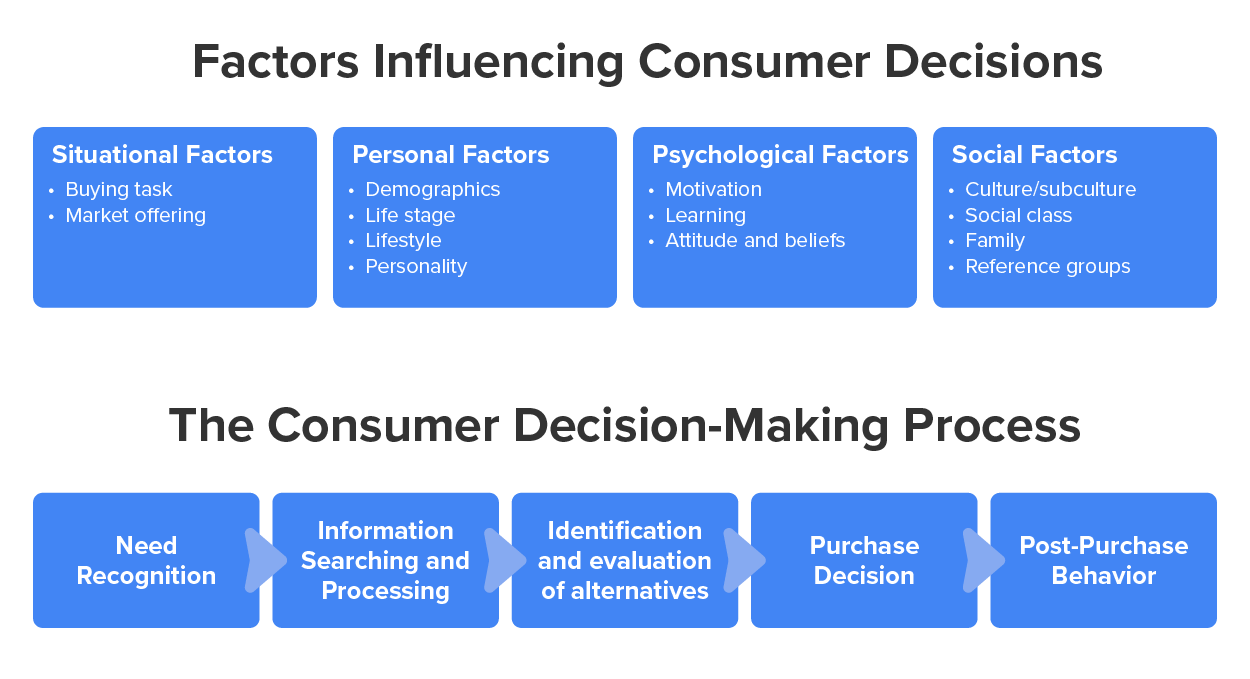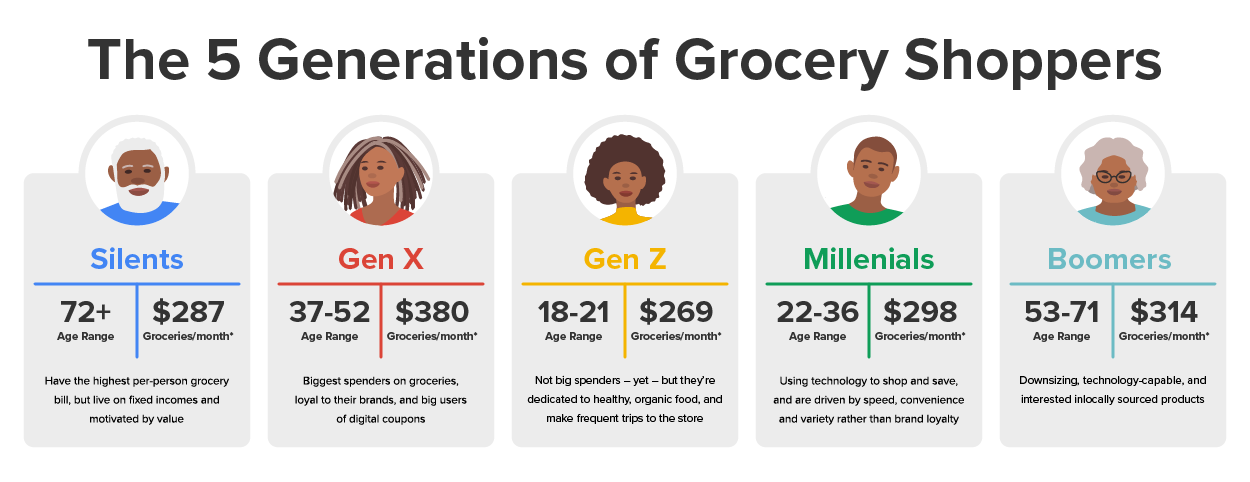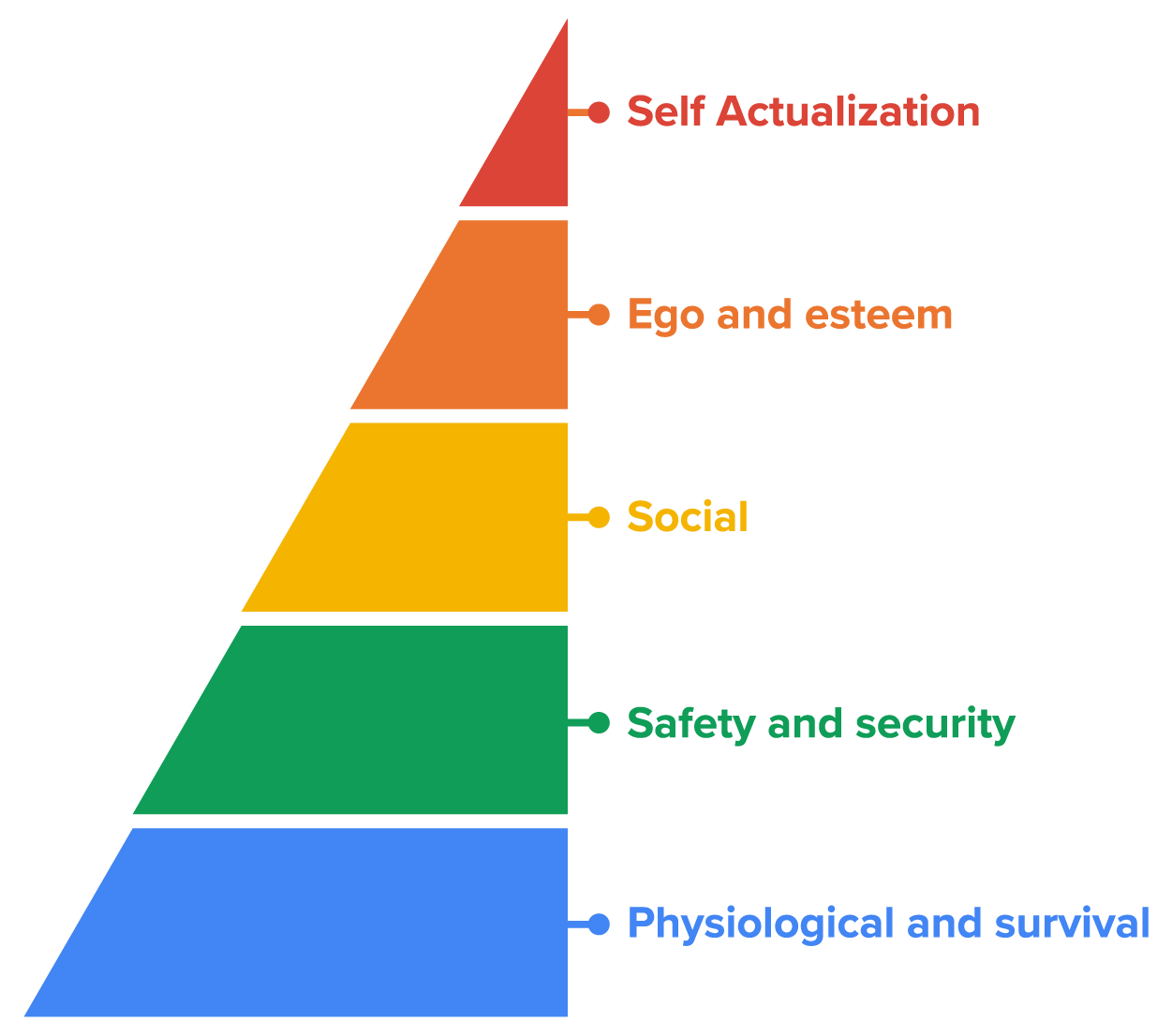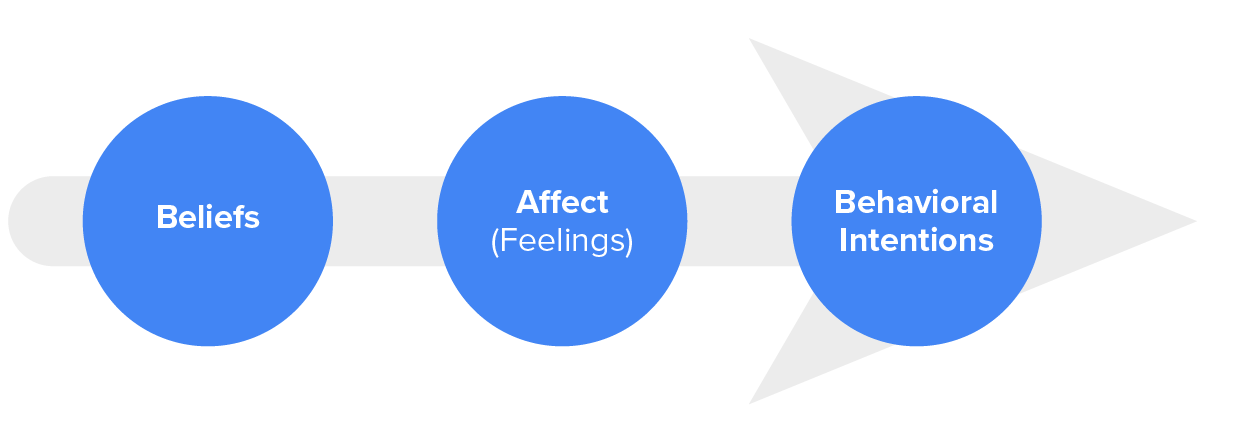Table of Contents |
Why people buy isn’t always a straightforward question. Think about the last time you bought a car, a bike, or other item. Why did you buy that specific make and model? Was it because its sleek style made you feel good about yourself? Perhaps you bought a particular brand because someone in your family bought the same brand. These are just a couple of examples of some of the factors that influence consumer buying behavior. Let’s examine some others. Consumer buying behavior is influenced by cultural, social, personal, psychological, and situational factors.

Cultural factors comprise a set of values or ideologies of a particular community or group of individuals. These factors can include culture, subcultures, social class, and gender.
IN CONTEXT
Culture refers to the values, ideas, and attitudes that are learned and shared among members of a group. A subculture is a group of people, such as environmentalists or bodybuilders, who share a set of values. Ethnic and racial groups share the language, food, and culture of their heritage. Other subcultures, like the biker culture, which revolves around a dedication to motorcycles, are united by shared experiences.
Your social class is also an important influence on your buying behavior. Sociologists base definitions of social class on several different factors, including income, occupation, and education. While there is disagreement on the number of social classes defined by income in the United States, many sociologists suggest five social classes: upper class, upper-middle class, lower-middle class, working class, and the economically disadvantaged. Income is largely defined by disposable income (the money you have left to spend or save after taxes are deducted), but its influence goes beyond just dollars, euros, yen, etc.
Finally, your gender identity or your gender expression plays an important role in your buying behavior. People of different gender identities not only want different products as a result of their upbringing and socialization, but they approach shopping itself with different motives, perspectives, and considerations.
Social factors are those factors that are prevalent in the society where the consumer lives. Every society is composed of individuals who have different preferences and behaviors, and these individuals influence the personal preferences of others in the society.
Let’s first consider the influence of family. It is generally believed that most people pass through two families: a family of orientation (i.e., the family to which you were born or with whom you grew up) and a family of procreation (the family formed through marriage or cohabitation, including your spouse, partner, and/or children). Consider first the family of orientation. When you were growing up, whether or not you recognized it, you likely developed some degree of buying behavior through watching adult members of your household and probably tend to buy the same products or services as you grow older.
Reference groups are those groups with which you like to be associated. Reference groups are characterized by having opinion leaders—people who influence others. These opinion leaders aren’t necessarily higher-income or better educated, but others view them as having more expertise in a particular area. All people assume different roles and statuses depending upon the groups, clubs, family, or organizations to which they belong.
Personal factors, such as your occupation, age and life cycle stage, economic situation, lifestyle, and personality and self-concept also play a major role in your buying behavior (refer to the image below). Let’s examine each of these in more detail.
Age is a major factor that influences buying behavior because consumer needs and wants change with age. Likewise, your life cycle stage (or where you are in your lifespan) has a major influence on your buying habits. Consider the different buying choices you would make as a single person who is renting an apartment in an urban area versus the choices you would make as a homeowner in the suburbs with children. It should be noted, though, that age and life cycle stage can often be poor predictors of buying behavior. Consider the different generational cohorts currently comprising the consumer market and how they make decisions about groceries as shown below.

Your economic situation (income) is a huge influence on your buying behavior. Your occupation is also a significant factor in your buying behavior because you tend to purchase things that are appropriate to your profession. Your lifestyle reflects your attitudes and values.
Your personality and self-concept are also important factors influencing your buying behavior. Personality is the characteristic patterns of thoughts, feelings, and behaviors that make a person unique. It’s believed that personality arises from within the individual and remains fairly consistent throughout life.
Your buying choices are further influenced by several major psychological factors, including motivation, perception, learning, feelings, beliefs, and attitudes.
Let’s first consider how motivation affects your buying behavior. Motivation is the process that initiates, guides, and maintains goal-oriented behaviors. It’s the driving force behind your actions. One of the most widely known motivation theories is Maslow’s hierarchy of needs shown below.

Abraham Maslow asserted that all individuals have five needs, arranged from the most basic lower-level deficiency needs to the highest-level growth needs. As the image above shows, physiological needs are at the most basic level and include things like adequate food, water, and shelter.
The second level is safety and security needs—the need to be safe from physical and psychological harm. Consider just a few successful marketing campaigns that have focused on safety: “You’re in Good Hands with Allstate” and Lysol’s “Practice Healthy Habits” campaign with its tagline “What It Takes to Protect.”
The third level is belonging or social needs. This level includes things like the need for emotional attachments, friendship, love, or belonging to community or church groups. Esteem needs, the fourth level, include such needs as recognition from others, taking pride in your education or work, awards, and/or prestige.
The highest level is self-actualization needs, which involve self-development and seeking challenges.
EXAMPLE
Nike’s “Find Your Greatness” campaign was intended to spark greatness in ordinary people, not just professional athletes.IN CONTEXT
Maslow asserted that people strive to satisfy their most basic needs before directing their behavior toward satisfying higher-level needs; so, it stands to reason that consumer buying behavior would follow this model. For example, you’d first have to fulfill your needs for food and shelter before you might consider putting money away for retirement or purchasing a home security system.
Perception is the way in which people identify, organize, and interpret sensory information. It’s another variable in consumer buying behavior because the perceptions you have about a business or its products or services have a dramatic effect on your buying behavior.
Beliefs, feelings, and attitudes also play an important role in consumer buying behavior. Beliefs are consumer perceptions of how a product or brand performs relative to different attributes. These beliefs are generally formed through personal experience, advertising, and conversations with others, and they play a vital role because they can be either positive or negative.
Consumer attitudes are a composite of a consumer’s beliefs, feelings, and behavioral intentions toward a product or service.

We’ve already talked about beliefs, so let’s focus for a moment on affect or feelings. Consumers often have certain feelings toward brands, products, or services. Sometimes these feelings are based on people’s beliefs, such as a vegetarian who can’t stand the thought of eating a hamburger, but you may also have feelings that are relatively independent of your beliefs.
The behavioral intention aspect of an attitude is what you as a consumer plan to do—buy the brand or not buy the brand. As with affect, this is sometimes a logical consequence of your beliefs but may sometimes reflect other circumstances.
Learning is still another important factor in consumer buying behavior. The fact is that consumer behavior is learned, and much of what you buy is based on your previous experiences with particular brands.
Situational factors influencing consumers are external. They include environmental factors, mood, life cycle stage, timing, occupation, and economic situation. These factors play an important role in how consumers experience a product and how these consumers’ opinions are formed.
IN CONTEXT
Many of the situational factors have been discussed in other sections. Environmental factors such as music, lighting, ambient noise, and even smells can either discourage or encourage a consumer’s purchase decision. Spatial factors also play a role. The way a product is displayed may make it seem desirable, but a crowded store or a long line at the cash register can suddenly make that same product seem less desirable.
The social situation of shopping is another situational factor.
The goal of your shopping trip is yet another situational factor. The reason for shopping dictates the kinds of products customers are willing to interact with at that time and may cause them to bypass certain products they would normally interact with on another shopping trip. The timing or when you decide to shop and how long you have to make a decision factor into your purchase. Finally, your mood or emotional outlook influences your buying behavior.
Source: THIS TUTORIAL HAS BEEN ADAPTED FROM OPEN STAX’S PRINCIPLES OF MARKETING COURSE. ACCESS FOR FREE AT https://openstax.org/details/books/principles-marketing. LICENSE: CREATIVE COMMONS ATTRIBUTION 4.0 INTERNATIONAL.
REFERENCES
Lindell, C. (2023). How 5 Different Generations Shop for Groceries. Retrieved from www.foodengineeringmag.com/articles/97243-how-5-different-generations-shop-for-groceries
Lumen Learning. (n.d.). Introduction to Business. Reading: Influences on Consumer Decisions. Retrieved from courses.lumenlearning.com/wmintrobusiness/chapter/reading-influences-on-consumer-decisions/